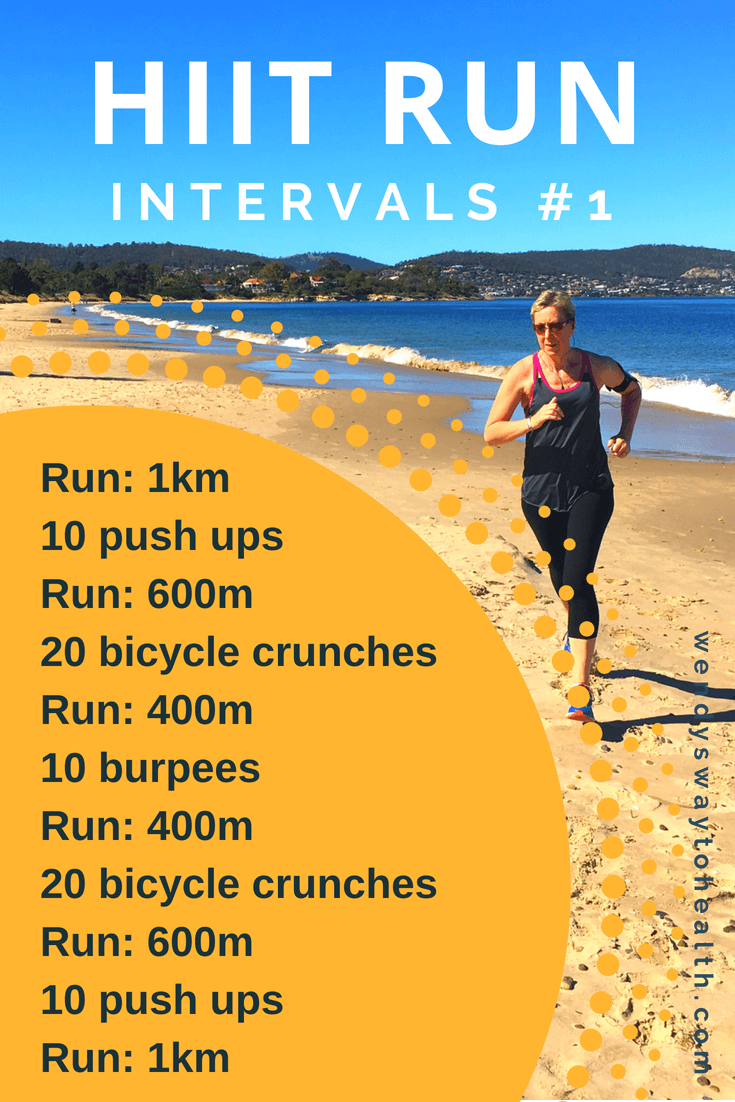Running Workout Tips: Improve Your Efficiency Today
Running Workout Tips: Improve Your Efficiency Today
Blog Article
Taking Care Of Usual Running Pains: Causes, Solutions, and Prevention
As joggers, we typically experience numerous discomforts that can hinder our performance and enjoyment of this physical task. By checking out the origin reasons for these running pains, we can reveal targeted solutions and preventive actions to guarantee a smoother and more meeting running experience.
Common Running Pain: Shin Splints
Shin splints, a typical running discomfort, typically arise from overuse or improper footwear during exercise. This problem, clinically called medial tibial anxiety disorder, materializes as discomfort along the inner side of the shinbone (tibia) and is common amongst athletes and joggers. The repetitive anxiety on the shinbone and the cells connecting the muscular tissues to the bone brings about inflammation and pain. Joggers that quickly increase the strength or duration of their exercises, or those who have level feet or improper running techniques, are especially vulnerable to shin splints.
To stop shin splints, individuals should progressively enhance the intensity of their exercises, use appropriate shoes with proper arch support, and maintain flexibility and toughness in the muscle mass surrounding the shin. If shin splints do take place, first treatment entails remainder, ice, compression, and altitude (RICE) In addition, including low-impact activities like swimming or cycling can assist maintain cardio physical fitness while enabling the shins to recover. Relentless or severe cases may need medical examination and physical treatment for efficient monitoring.
Typical Running Discomfort: IT Band Syndrome
In addition to shin splints, an additional common running discomfort that athletes frequently encounter is IT Band Disorder, a problem triggered by inflammation of the iliotibial band that runs along the external upper leg and knee. IT Band Syndrome generally shows up as pain outside of the knee, especially throughout tasks like running or cycling. The iliotibial band is a thick band of fascia that attaches the hip to the shin, and when it comes to be swollen or limited, it can massage versus the upper leg bone, bring about pain and pain.
Runners experiencing IT Band Disorder might notice a painful or aching feeling on the outer knee, which can worsen with continued task. Factors such as overuse, muscle mass inequalities, improper running form, or poor workout can add to the advancement of this condition.
Typical Running Pain: Plantar Fasciitis

Plantar Fasciitis can be associated to different factors such as overtraining, improper shoes, working on hard surfaces, or having high arcs or level feet. To avoid and reduce Plantar Fasciitis, runners can include stretching exercises for the calves and plantar fascia, use supportive shoes, maintain a healthy and balanced weight to lower stress on the feet, and progressively raise running strength to avoid abrupt tension on the plantar fascia. If symptoms linger, it is advised to consult a health care expert for appropriate medical diagnosis and therapy alternatives to attend to the problem successfully.
Common Running Pain: Runner's Knee
After dealing with the difficulties of Plantar Fasciitis, an additional prevalent issue that joggers commonly face is Jogger's Knee, a common running pain that can hinder athletic efficiency and trigger discomfort during physical task. Jogger's Knee, additionally known as patellofemoral discomfort syndrome, shows up as discomfort around or behind the kneecap. Runners experiencing this discomfort may really feel a plain, hurting pain while running, going up or down staircases, or after extended periods of sitting.
Common Running Discomfort: Achilles Tendonitis
Typically afflicting runners, Achilles Tendonitis is a painful condition that influences the Achilles tendon, causing pain and potential restrictions in physical task. The Achilles ligament is a thick band of cells that connects the calf muscles to the heel bone, important for activities like running, jumping, and strolling - read this article. Achilles Tendonitis commonly establishes as a result of overuse, improper shoes, inadequate stretching, or sudden rises in physical task
Signs of Achilles Tendonitis consist of discomfort and rigidity along the tendon, especially in the morning or after periods of lack of exercise, swelling that worsens with task, and possibly bone spurs in chronic situations. To prevent Achilles Tendonitis, it is important to stretch properly before and after running, put on appropriate shoes with appropriate assistance, progressively enhance the strength of exercise, and cross-train to reduce repeated stress and anxiety on the ligament.
Verdict

Report this page